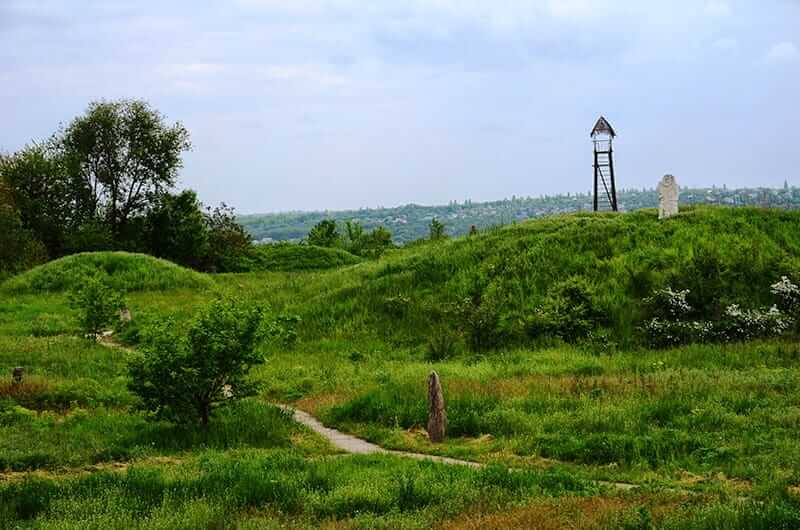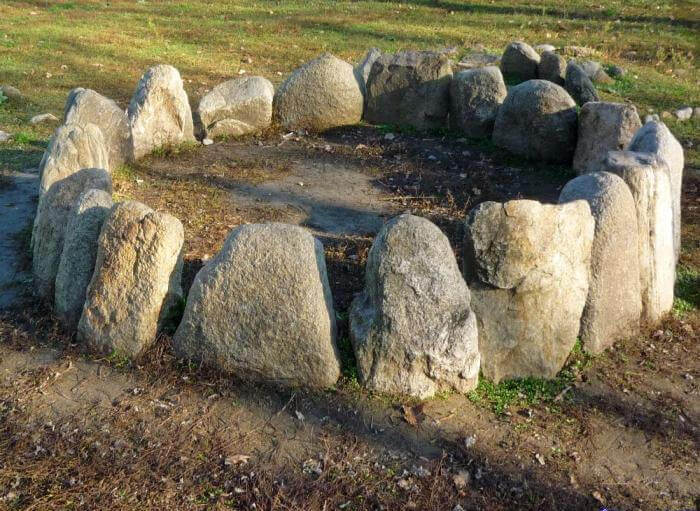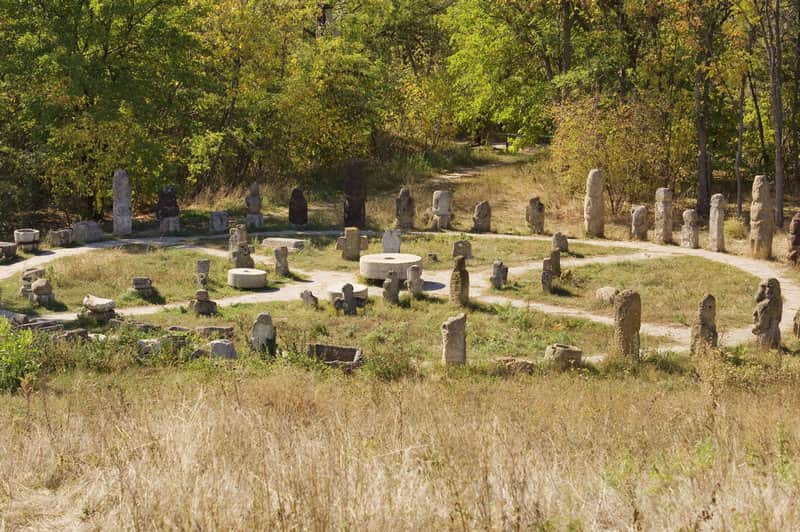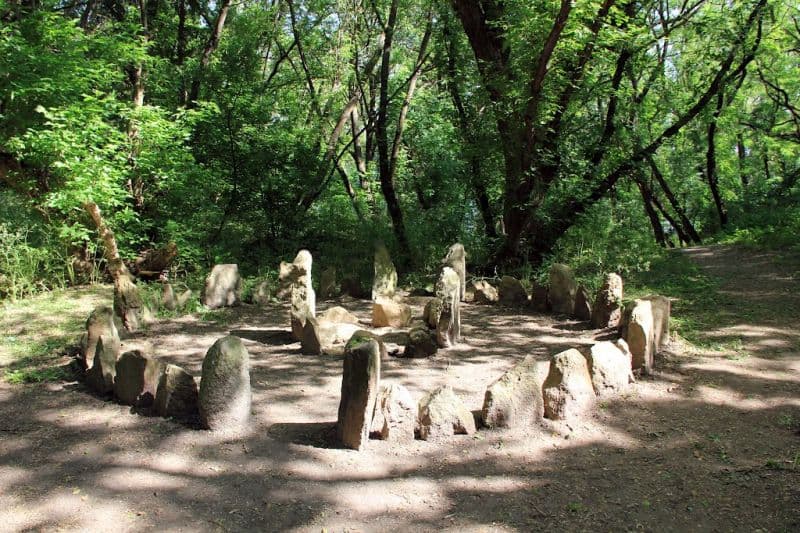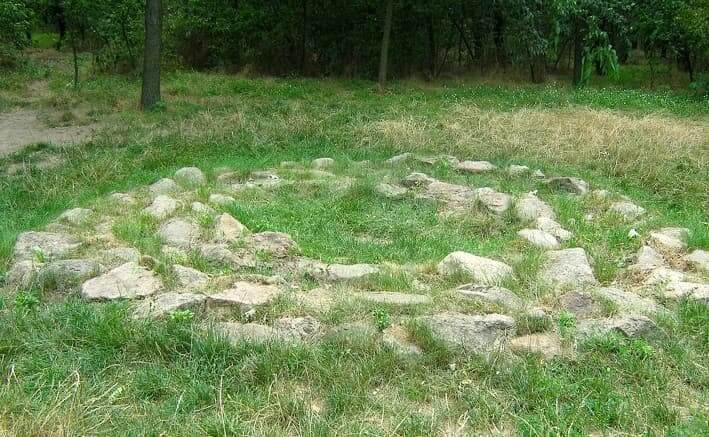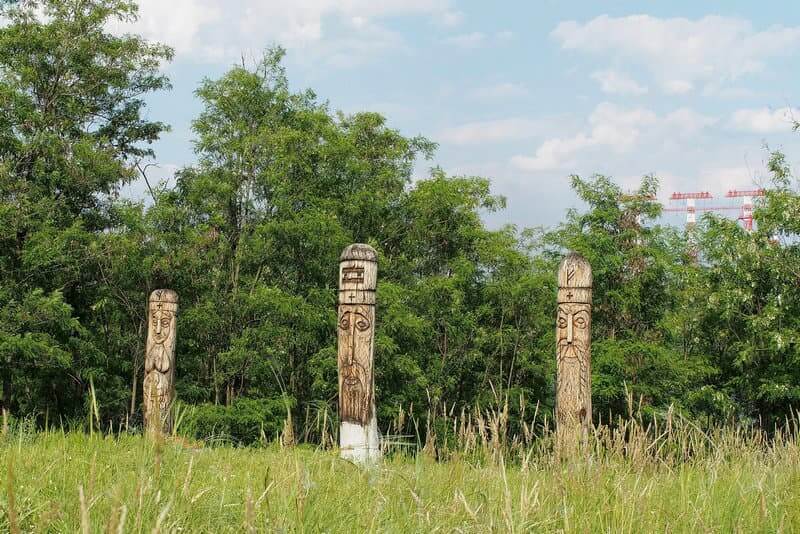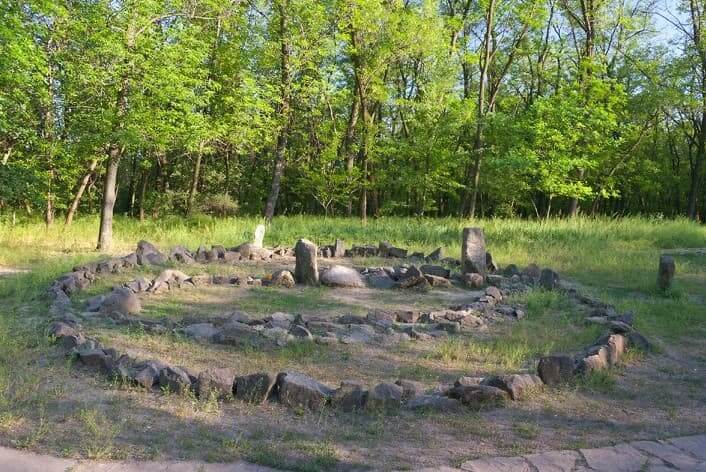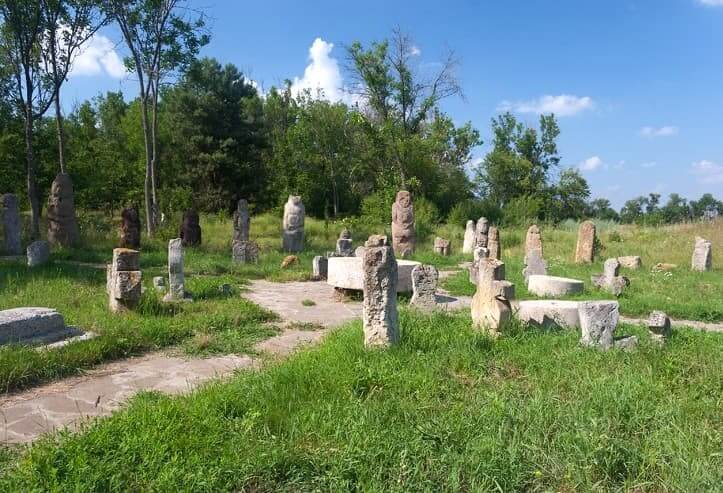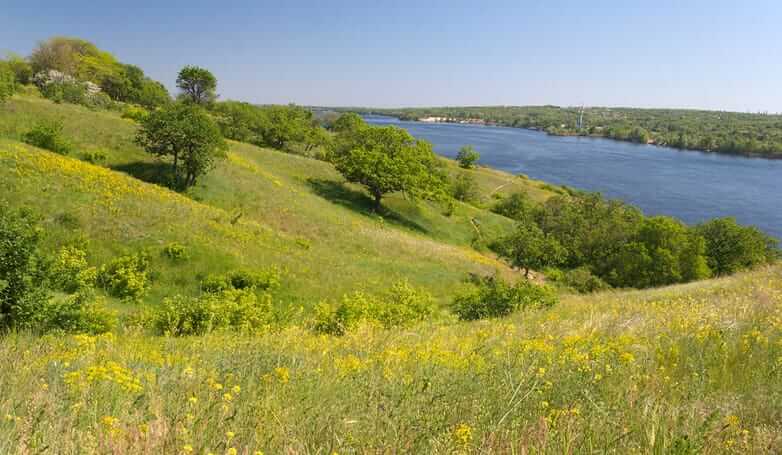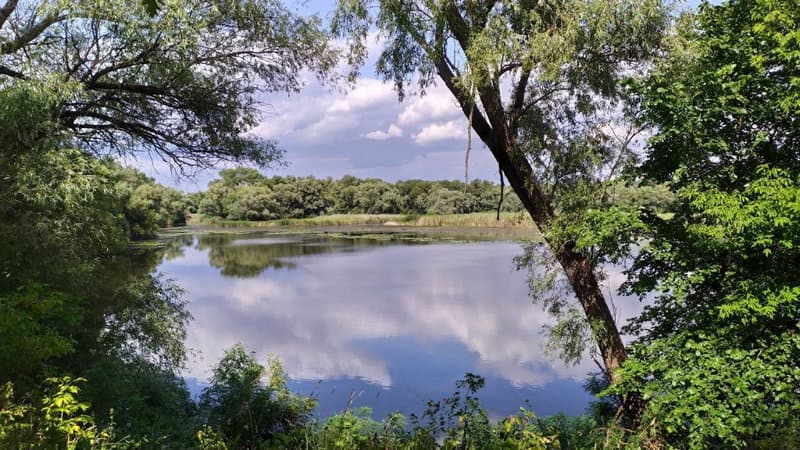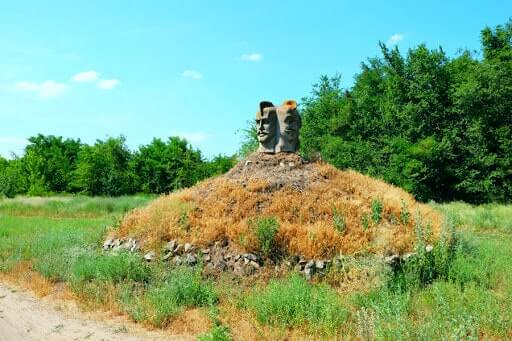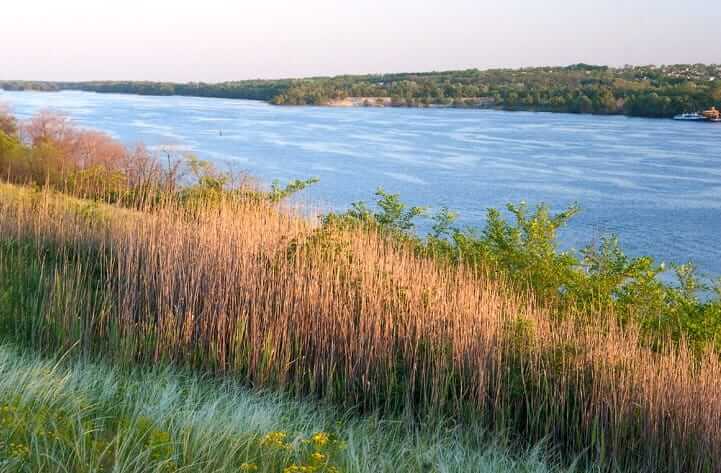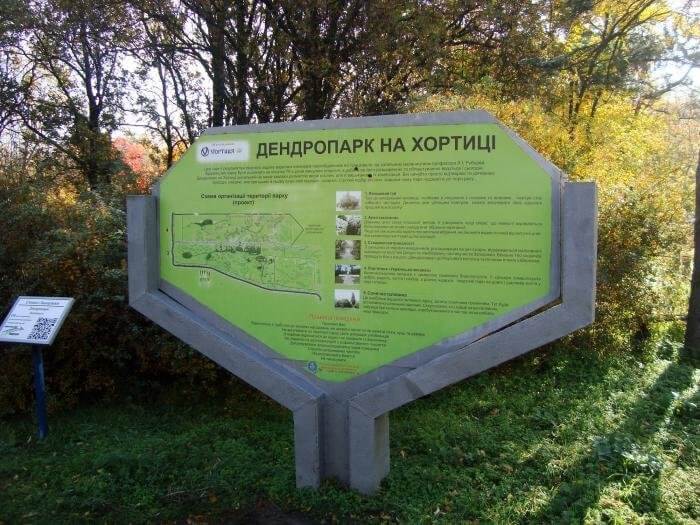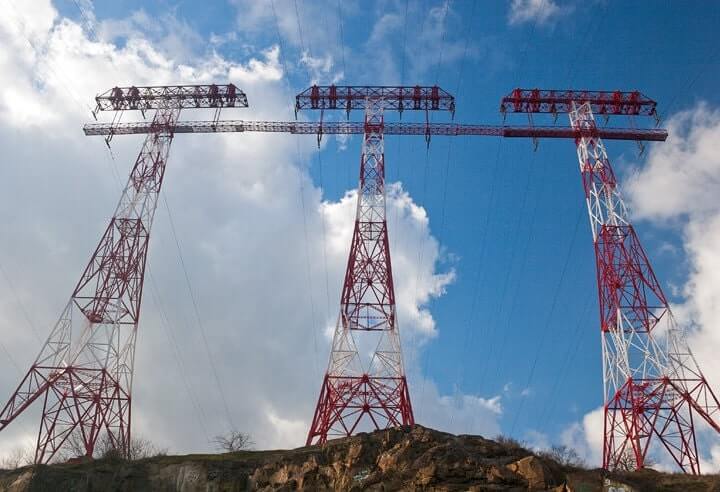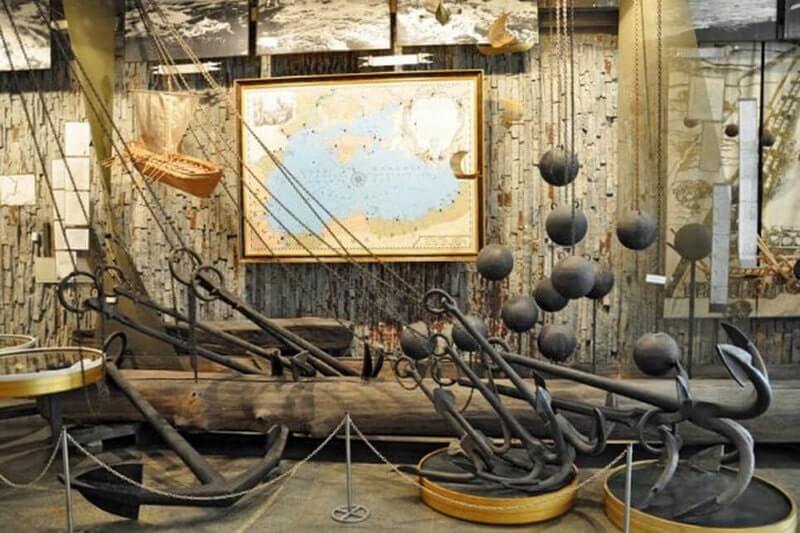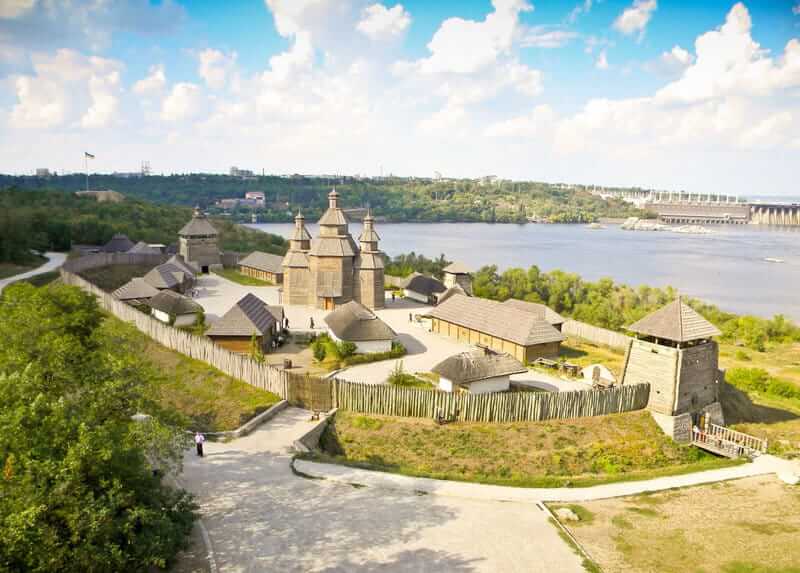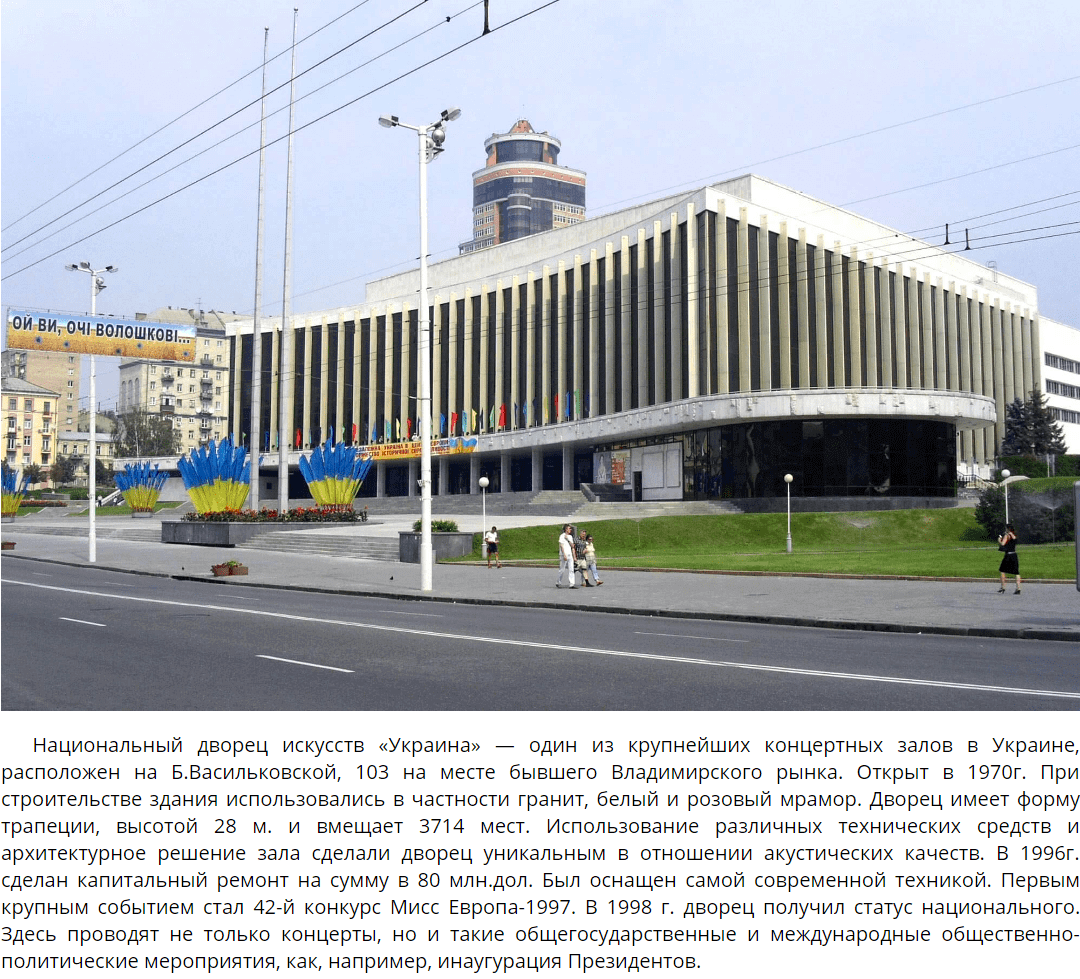Khortytsia tour

We invite you to a one-day tour to the Khortytsia island – a national reserve and the largest island on the Dnieper river. In addition, this is a place of power with positive energy and an unusually picturesque nature with rare plants, floodplains, hanging swamps. Also, on Khortytsia there have been preserved sanctuaries dating from the Scythian era, wooden figures of pagan gods, and mounds. Today, a unique complex “Zaporizhzhia Sich” is opened here – the reconstruction of the Cossack fortress of the 16th-18th centuries, where you will get acquainted with the culture and life of the Zaporizhzhia Cossacks, attend master classes and the Cossack battle theater.






















